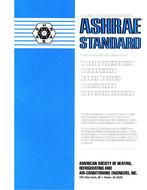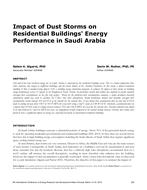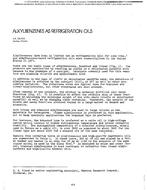Click here to purchase
This paper presents a modeling and cost-effectiveness analysis of zero net energy (ZNE) new homes in California, which offers insights for future California building energy efficiency standards (Title 24). The time-dependent valuation (TDV) methodology was used to evaluate the cost-effectiveness of the ZNE home, and TDV-based hourly utility rates were applied to estimate future energy costs for the 2022 Title 24 code cycle. The BEopt software, using EnergyPlus as the simulation engine, was utilized to provide the life-cycle cost optimization of the building designs for both the all-electric and the mixed-fuel single-family homes across 16 California climate zones. Technologies to achieve ZNE homes include various energy efficiency measures (EEM) covering envelope, HVAC, domestic hot water, appliances as well as rooftop photovoltaics. The optimization results show that optimally designed ZNE homes have lower customer life-cycle costs for both the all-electric and the mixed-fuel cases. All-electric homes are comparable in life-cycle costs to mixed-fuel homes in most climate zones as they can benefit from not having to build natural gas infrastructure to the home. PV helps the cost-effectiveness of ZNE homes. These findings provide guidance for the future revision of Title 24 standards as well as inform California’s policies on electrification and the adoption of renewable energy for residential buildings.
Citation: ASHRAE/IBPSA-USA Bldg Simulation Conf, Sept 2020
Product Details
- Published:
- 2020
- Number of Pages:
- 8
- Units of Measure:
- Dual
- File Size:
- 1 file , 3.4 MB
- Product Code(s):
- D-BSC20-C017


